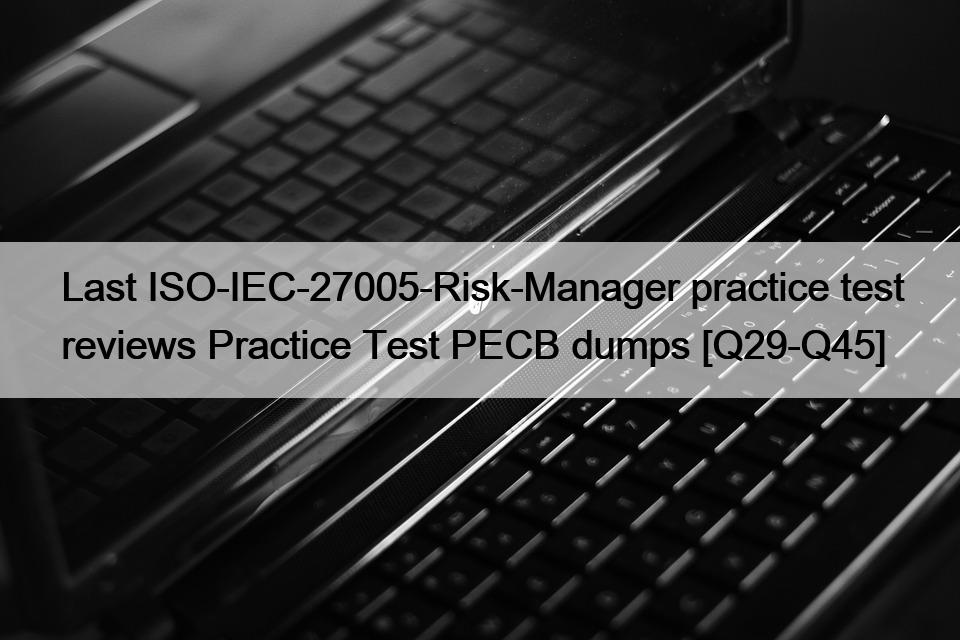Last ISO-IEC-27005-Risk-Manager practice test reviews: Practice Test PECB dumps
Try ISO-IEC-27005-Risk-Manager Free Now! Real Exam Question Answers Updated [Nov 04, 2024]
Get Ready to Pass the ISO-IEC-27005-Risk-Manager exam with PECB Latest Practice Exam : https://www.braindumpspass.com/PECB/ISO-IEC-27005-Risk-Manager-practice-exam-dumps.html
Related Links: szyitian.com.cn instructex.info ecom.wai-agency-links.de vaonlinecourses.com elitetutorshub.com bondischool.com


Recent Comments